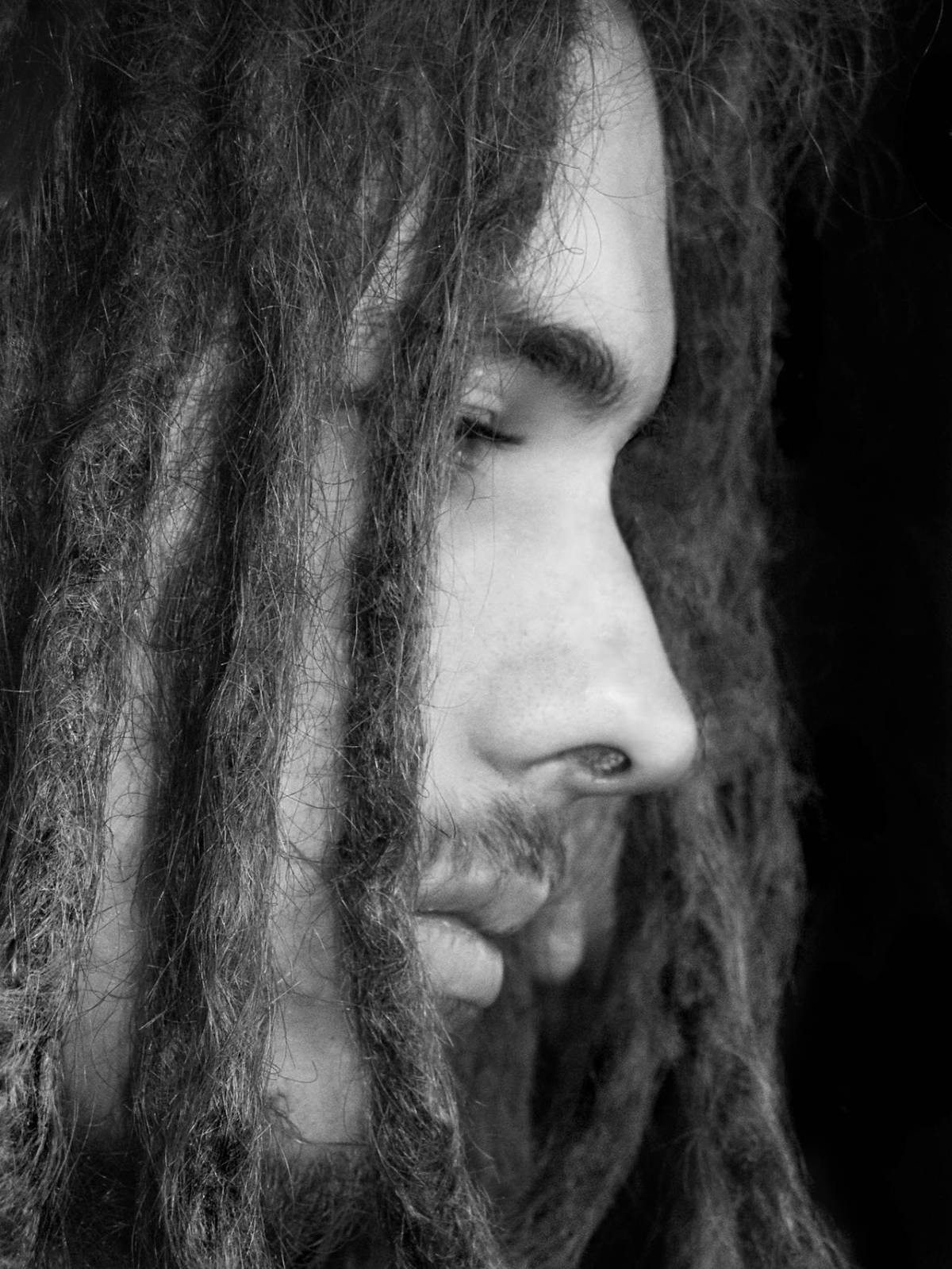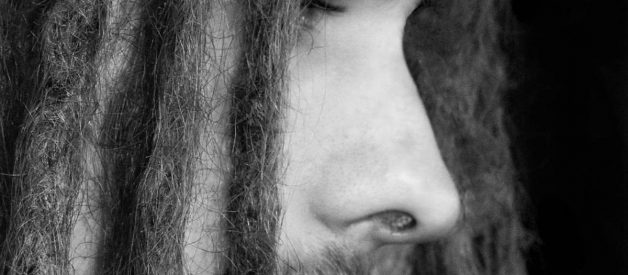Who gets to wear dreads, and why?
At six-years-old, I would beg my mother to straighten my hair. Everybody at school asks to touch it, I?d say, bothered by how classmates told me I had fluffy sheep hair. I want straight hair.
Later, as a teen, the Bieber was plastered on every wall, every bus and every screen. It became difficult to embrace the roots of my Caribbean heritage when the white ethnocentric society I lived in did not represent my people.
Then, in college, the curly haired, white-boy look became increasingly popular to the point that I took to my hair with a curling iron to curl my hair more than it naturally needed. How come when they do it it?s nice, but when I do it it?s ugly? When hairstyles seem meant only for white people, people of colour end up going to a lot of work to feel like they fit in. But when white people adopt something they previously did not care for, it causes debate.
Trend
Though used by people of all races and religions, it is considered cultural appropriation for white people to wear dreadlocks. Why?
Dreadlocks are rope-like strands of hair formed by matting or braiding; ways to achieve this style include the twist and rip, backcombing, rolling, the crochet hook method and the ?neglect? technique, from which derives the Western perspective that dreadlocks form from unwashed hair ? just one way the ethnic identity has been lambasted by the white figure without an attempt to understand it.
This style has been worn for thousands of years, and in the last couple of decades, the trend has grown among white people after being popularised by hippie counterculture of the ?60s and ?70s.
But, when somebody styles their hair this way, it is more than a trend. It?s heavily rooted in history and along with it comes context and entire civilisations.
 Some people feel dreadlocks belong to specific cultures
Some people feel dreadlocks belong to specific cultures
This argument is simplified on Twitter; the dread is heavily associated with black identity and the cultural appropriators are white people. Though this is an uncomplicated narrative, it is only one of numerous examples of why white people should not wear their hair this way. African-American culture, for example, has been heavily criticised for years for their use of ?violent? rap as a musical genre, before modern white artists such as Eminem and Iggy Azalea adopted it for their own success. Figures such as Azealia Banks have publicly called out these musicians and named them as thieves for utilising something from another culture and succeeding more than the ?owners? did.
Appropriation
In 2013, jewels replicating the Bindi were sold in high-street retailers in white ethnocentric cities around the UK; religious minorities were forced to see non-religious people applying their sacred symbol to themselves as a fashion trend.
Years later, in a music video by Joyner Lucas, titled I?m Not Racist, a white man says that black people ?call everybody n*gger and [?] as soon as I say n*gger [?] everyone [calls] me racist ?cause I ain?t black?.
It is these examples that encourage the idea that dreadlocks are on a list of things that white people see and want. It has become desirable to have the freedom to say n*gger. It has become commonplace to have the freedom to succeed from black music. It has become necessary to attain the ability to wear dreads without consequence or appreciation for what it stands for.
Not everything is about race, sometimes it?s just because people like something
?There?s a difference between liking a style and going on like Rachel Dolezal,? a mixed-race friend of mine says. ?Not everything is about race, sometimes it?s just because people like something.?
This may be where people fail to understand the definition of cultural appropriation; it is defined as adopting something from a minority culture to benefit the dominant one. Before copying a style, it becomes necessary to appreciate the historical context of the object of attraction, and understand why so much opposition lies ahead if they choose to wear it in order to fully appreciate it.
Origins
The origins of the dreadlock are widely debated because evidence can be found in a variety of locations. Multiple sources credit Indian Vedic scriptures as depicting dreadlocks in 1800 B.C. Other early depictions of the dreadlock date back 3,600 years to the Minoan civilisation. Centred in Crete, art from the period depicted boxers from Akrotiri engaged in fisticuffs. In Ancient Greece, Kouros sculptures from the Archaic period depict men wearing dreadlocks, while Spartan hoplites (soldiers) wore locks as part of their battle dress. Celts were said by the Romans to wear their hair ?like snakes? along with Germanic tribes and Vikings. There are even suggestions that early Christians wore dreadlocks in tribute to Samson, who was said to have seven locks of hair that gave him superhuman strength. These histories depict the dread as a symbol of strength; often worn to battle and depicted on ancient drawings in an opulent display of power.
It is later iterations of the dread, appearing in the African continent, that are most referred to today. In Senegal, followers of the Mouride movement were known for growing locks and wearing multi-coloured gowns. Red ochre, a clay earth pigment, is still used today to dye the long, thin locks of Maasai warriors. On the island of Jamaica, Asante-Akan drums, along with dreads, were fostered into Jamaican culture leading to the slave trade; the Rastafarians wore locks inspired by the Nazarites of the Bible ? Israelites who were consecrated to the service of God. It is the Jamaican people who popularised the hairstyle in Western society and coined the term ?dreadlock? ? perhaps it is from here that the ?do was spiritually patented into African-American culture.
From its history, the dread was a symbol of strength and opposition, war and suffrage, and in modern times, an African-American culture built from the ashes of slavery. The style is argued to belong to those whose ancestors have suffered and whom continue to suffer.
Cosmetic
The white body utilising a dreadlock is a cosmetic decision, showing preference to the ability to do ?whatever we want? as opposed to showing understanding. The dreadlock is redundant for the Western white identity.
A mixed- race friend said she and two of her black colleagues ?wouldn?t bat an eyelid to a white person wearing dreads?, though another said otherwise.
?I never embraced my hair growing up in high school,? a 20-year-old friend says. ?I thought I was the odd one out,? she says, referring to classmates who kept their hair straight until recent trends.
It is this isolation of culture and heritage that encouraged the dreadlock to become an expression of ethnic pride. The lock is a continuation of historical iterations, representing opposition to socio-political structures, and is argued to be inaccessible to the white figure ? the Western, Caucasian identity has no racial prejudice to oppose, because it is already in a position of power.
Even though we haven?t gone through things like slavery physically, it doesn?t mean we?re not affected by the history
To wear a dread would to be ignore the centuries of battle and prejudice that dreadlock wearers have faced.
?[There is nothing wrong] with acknowledging the root of something or where it comes from. Even though we haven?t gone through things like slavery physically, it doesn?t mean we?re not affected by the history. We can only take it upon ourselves to educate people,? the 20-year-old says.
Ethnic and religious minorities are still warriors in an ongoing battle against persecution, segregation and racism, and white people donning dreadlocks may be an entire political statement following racial tensions in America. The lock is tightly woven to war, and the fight against invasions of culture is still ongoing.
If you want to wear dreads, acknowledge its history.
By Otis Robinson
At The Overtake, we?re trying to bring you stories that you might not see in the mainstream media. If you liked this, please show us some love ? every little helps!


